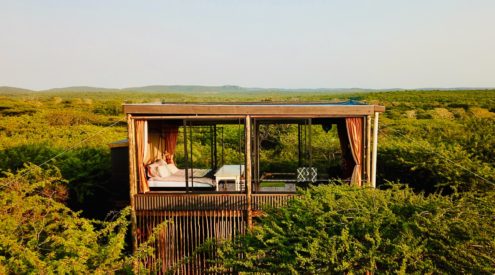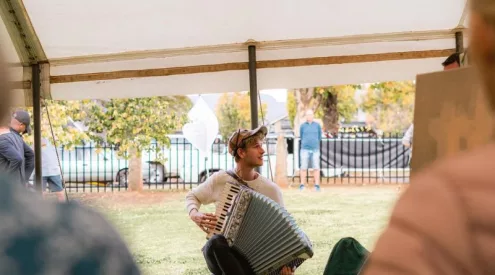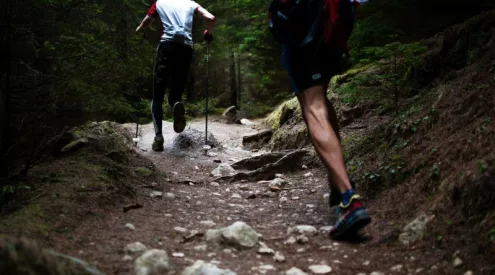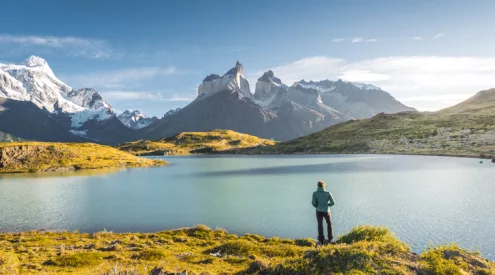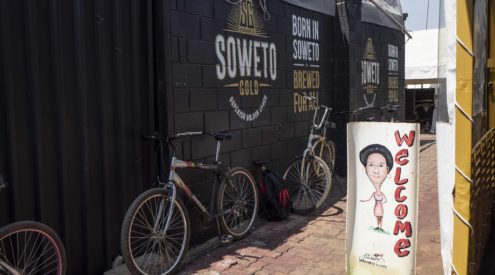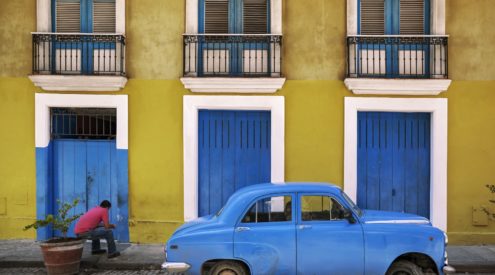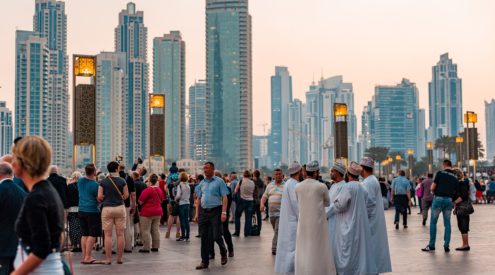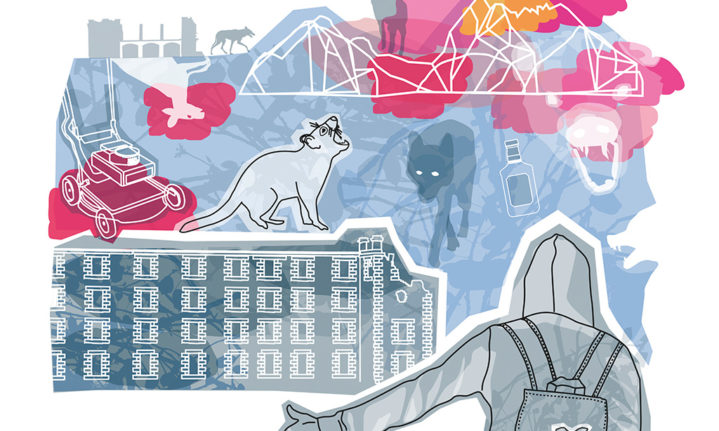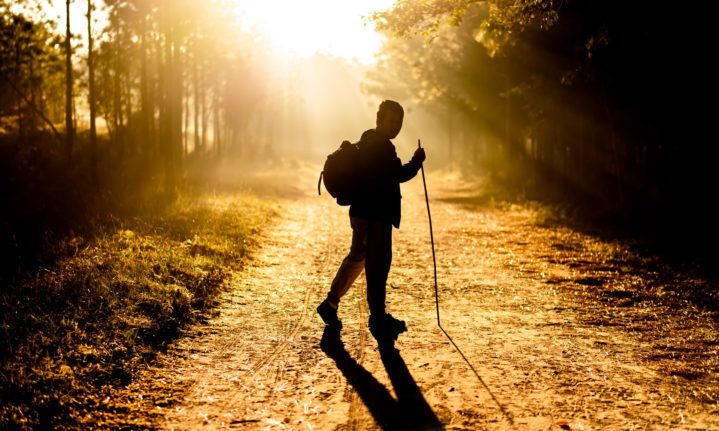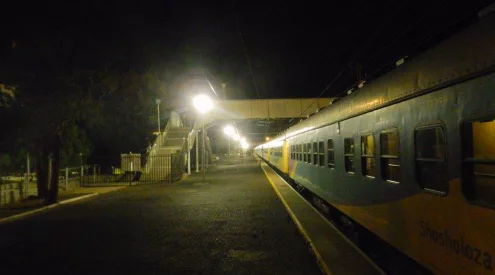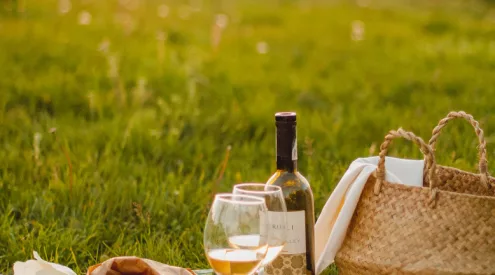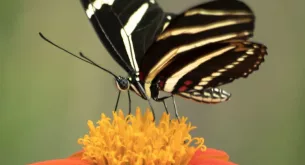Far-flung and full of oddballs. Picking up a Tasmanian hitchhiker opens the window on a heinous history.
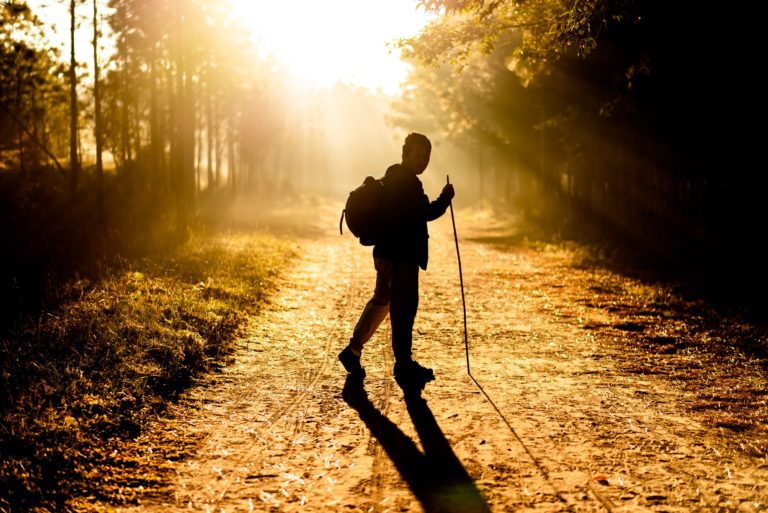
The road to the Tasman Peninsula was lined with warning signs bearing marsupial silhouettes. Evidently worth-less, since the tarmac was littered with the corpses of countless cute creatures. Wombats. Wallabies. Tasmanian devils. Hapless victims of logging trucks in the night.
Somewhere between Sorrel and Copping, a chap in a long coat appeared by the side of the road and stuck out his thumb. Keen for conversation, I stopped to let him in.
If I’d wanted conversation, conversation is what I got. No sooner had he made himself comfortable than he pulled out the half-jack he’d been concealing in his coat and, without a hint of ignominy, offered me a swig.
‘Heading home from an all-night bender,’ he confessed.In the few days I’d been in Hobart, I’d come to recognise such naïve candour as a common trait among the locals; far-flung isolation had inculcated a kind of anachronistic openness. Tasmanians were polite, bluntly truthful, and dead-set on revealing their thoughts to strangers.
One totally sane guy I met spent an evening telling me about his hobby, which was buying lawnmower-powered aeroplanes off eBay. ‘Because you can fly ’em without a licence,’ he told me, unironically.
My hitchhiker had two passions apart from drinking. He liked to spin a yarn, and he liked a good argument.
Emboldened by the booze, he got right into the latter. He looked at me with a slow lizard blink, took a swig, and was suddenly, inexplicably, elsewhere.
‘You’re South African, aren’t you?’ he said with the satisfaction of someone yelling ‘Bingo!’
This observation triggered in him some private memory, some specific moment, perhaps decades back, perhaps the previous night. Wherever he’d gone, it was to a time when he’d been haranguing some other South African about some urgent matter evidently dear to his heart. Unrestrained, he simply picked up the argument wherever it had left off, and a vivid verbal mêlée ensued.
I could hear the thoughts chasing around his brain. They sloshed about, giddily, the way drunken ideas do, facts colliding with fiction, truths knee-deep in fantasy.
His tactic was simple: He delivered his tirade so rapidly and ceaselessly that there was no gap for his opponent to get a word in. I simply nodded, wide-eyed, pretending to agree.
Flustered by my lack of counter-argument, he ended his rampage as suddenly as it’d started, and then, switching to storyteller mode, asked where I was headed.
‘Port Arthur? Oh, dear! Terrifying it is. Horrors without equal.’ Thus began his account of Tasmania’s early-colonial history.
Once upon a time, Van Diemen’s Land was deemed the world’s most terrifying end-of-the-world outpost. A rougher, wilder, more inhospitable place was – apparently – unknown to civilisation. An untamed hellhole, it was a gulag for the worst criminals on earth.
‘Some convicts tried escaping to China on foot,’ he said. ‘They got lost in the wilderness and resorted to cannibalism.’
This I took with a pinch of salt. I’d already seen the wilderness he was referring to, having hiked in the Cradle Mountain-Lake St Clair National Park. It’s part of a vast World Heritage Site that covers over a fifth of Tasmania as a reminder of what UNESCO calls ‘a time before human memory’.
It was indeed a raw wilderness, one rife with rainforests older than humanity, glacial lakes and tarns, waterfalls and sweeping valleys of lush buttongrass moorland. Cradle Mountain itself was among the most beautiful things I’d ever seen.
‘A hellhole,’ the hitchhiker repeated, shuddering.
Port Arthur’s grim past was, it turned out, quite undetectable. Connected to the rest of Tasmania by a narrow isthmus, the story goes that instead of prison walls, the peninsula’s neck was patrolled by ferocious, starving dogs, meant to dissuade inmates from attempting escape.
In the other direction, a rough coastline disappeared vertiginously into vicious, ice-cold seas. Gorgeous, and very deadly.
Time has a way of plastering over history’s ugly chinks, though.
Despite its Gothic ruins and wild surrounds, the prison colony was now too pretty to evoke its sinister backstory. For a sense of the time when convicts risked becoming dog food – or turning cannibal – rather than stay here, I returned for the after-dark ghost tour.
Another raconteur given to hyperbole, our guide entertained us with nerve-jangling descriptions of the terrible punishments and cruel deaths inmates faced, presumably prior to becoming prison poltergeists. He took us into underground cells, dark and dank as armpits, and when we emerged back into the moonlight, he’d have assistants hiding in a bush, waiting to scare us out of our wits.
If he’d really wanted to terrify us, though, he had only to tell us about the museum’s most recent brush with criminal infamy: in 1996, a gunman ran riot at Port Arthur, killing 35 people.
Instead he told us that, in the old days, the island really was considered a hell-hole. Convicts believed that the shrill keening of Tasmanian devils was in fact the screaming of tortured souls. One local novelist, he said, compared their hissy-fits to the sound ‘of a woman being strangled’.
Sadly, though, it’s the little devils that are now endangered. Such a pity, I thought, that their banshee wails couldn’t keep the loggers and truckers away. At least the convicts only ate each other.
Picture: Unsplash

